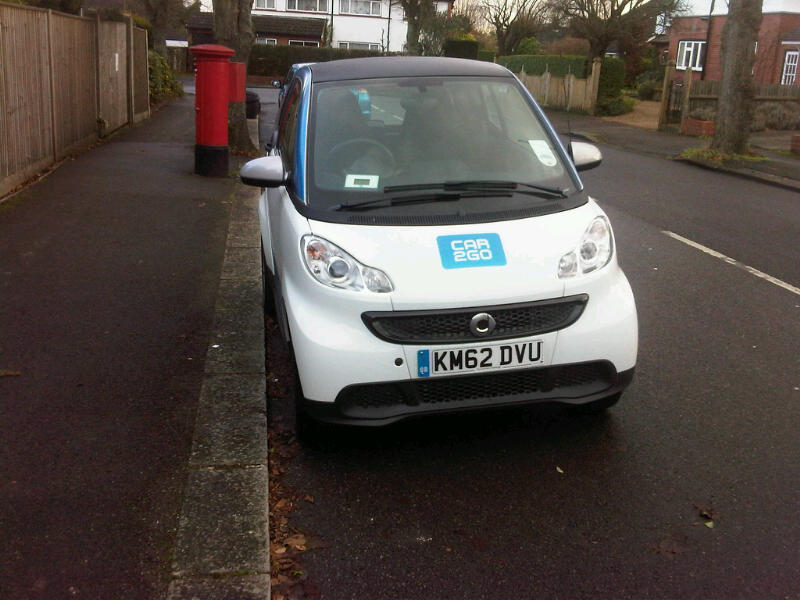We now have the results of the final stage of the Council’s consultation on parking. The third round of consultation was on a proposal developed from the results of the first two consultations, for a Permit Parking Area in roads in our Ward east of Langley Park Road.
WHAT HAPPENED IN THE EARLIER ROUNDS OF CONSULTATION
As parking is often raised as a problem in the regular surveys of residents on what they like about living in Sutton, the Council asked residents if parking was a problem in their road and what they would like done. Earlier rounds of consultation led to proposals that were not given sufficient support by residents for the Council to proceed with them.
There were concerns that unless the controls cover the whole local area parking will be displaced into roads without controls, and “free to park at any time” bays would be a magnet for commuters and long stay parkers, squeezing out residents. The alternative to schemes that have these disadvantages is a residents-only Permit Parking Area (PPA).
THE FINAL STAGE OF CONSULTATION
Consequently, the Council consulted residents at the end of 2019 on a proposed PPA. As roads not within the scheme will suffer from displaced parking if the roads nearby are in the scheme, the area consulted on was wide, running from Egmont Road to Willis Avenue and Prior Avenue – including Chalgrove Road, The Ridgway, Mayfield Road, Farm Road, Farm Close, Upland Road, Kayemoor Road, Downside Road, Willis Avenue and Prior Avenue.
The results of the consultation are clear – in every one of the roads listed above a majority of those expressing a view on the proposals supported their introduction. In some roads – particularly Chalgrove, Mayfield, The Ridgway, Upland – this was by a large margin. In all these roads more than one in four residents responded to the study, a high response rate for such local consultation exercises, and opinion was more than two to one in support of the proposed parking controls. In other roads consulted there was a lower response rate but still majorities in favour of the proposals. Once a scheme is introduced, any individual road left out will suffer high levels of parking, so any scheme needs to cover the whole area. It is a clear result that gives the Council a mandate to proceed with the introduction of the PPA consulted on.
The way the PPA works is that only residents can park their vehicles in the road for a “control period”, 9 to 11 AM each day on weekdays, thus removing commuters and long stay parkers. Residents who need to park a car on the road rather than in their drive during the “control period” will need to obtain a parking permit to display on the vehicle, and many residents will want to obtain “visitors’ permits” for their visitors if the visitors need to park in the street during the control period. There are special arrangements for carers. As this scheme will involve some costs of administration and enforcement there will be a charge for a permit, to cover costs, though all residents can get an initial supply of visitors’ permits without charge. The Council can cover costs but not use parking charges to subsidise other services. Parking charges in Sutton are amongst the lowest of any London borough. Charges per vehicle are on a scale you can find on the Council website and start at £40. A similar charge in Croydon is £80, Merton and Kingston £90, Richmond £99. You only need a permit if you need to park a car in the road during the “control period.” A PPA involves notices to advise motorists of the parking controls but there is no need for yellow lines.
Residents will receive a letter from the Council which will set out the timetable for introducing the scheme, later this year, and how to obtain permits.
Many residents are concerned about parking and we are pleased they have now had the opportunity to put their view on a concrete proposal developed on the basis of consultation, and a clear outcome has emerged.
SPEEDING AND POLLUTION
We are concerned that the removal of parking from the area will lead to clear roads that will attract more traffic and speeding. In many parts of London, though often more affluent areas, residents have campaigned to get the traffic out of otherwise quiet residential streets and onto the main roads by turning roads into cul-de-sacs, thus creating quiet roads with better air quality and no through traffic. A good example locally is the gate at the end of Dorset Road which makes Homeland Drive a quiet, traffic free road. We are interested in the proposals residents have been putting to us for consultation on such traffic initiatives in our area. Nothing is currently proposed but, as traffic continues to increase, this is the next issue we need to look at. Do let us know your views.

